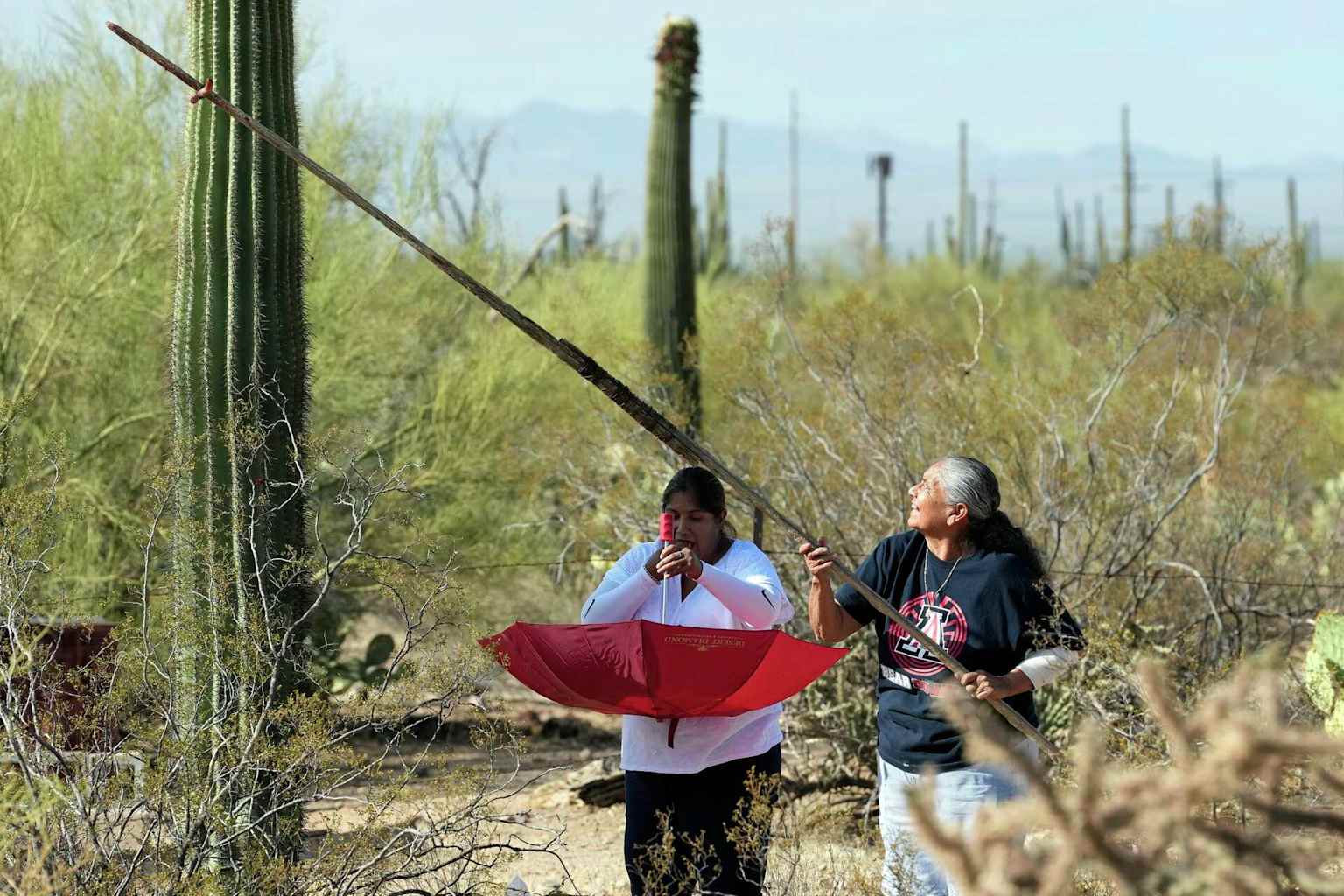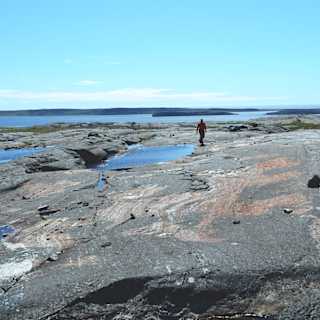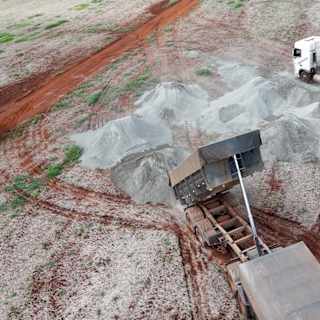- Climate Pressures Test Ancient Rhythms
- Cultural Renaissance Among Youth
- Sacred Landscape, Modern Boundaries
In the pre-dawn hours of Arizona's Sonoran Desert, cousins Tanisha Tucker Lohse and Maria Francisco venture into the thorny landscape with 10-foot poles fashioned from saguaro ribs, harvesting the crimson fruit that marks both the peak of summer and the Tohono O'odham New Year. This week, as temperatures soar above 100 degrees, families across the nation continue a harvest ritual that has anchored their culture for thousands of years while confronting new challenges from climate change and an increasingly uncertain environment.

The 2025 harvest comes as researchers document mounting stress on saguaro populations across Arizona. According to the Environmental Protection Agency, temperatures in Arizona have risen 2.5 degrees since the early 20th century, with drought conditions persisting for two decades1. The iconic cacti, which can live 200 years and reach 25 feet in height, have shown signs of distress, with reports of arms falling and blooming occurring out of season2.
"I know there have been saguaros that have produced and bloomed out of season," said Raeshaun Ramon, a Tohono O'odham community member who teaches food systems classes. "It's hot one day, it's cold another, what's going on? We don't have a word for climate change"2.
The harvest window typically opens in mid-June when the fruit ripens, lasting only one to four weeks before monsoon rains begin3. Ramon noted that saguaros now appear to alternate between high-production years and rest periods as they adapt to environmental stress4.
Despite environmental pressures, the harvest is experiencing renewed participation among younger tribal members. Valentina Vavages-Andrew, an ancestral ranger with Saguaro National Park and Tohono O'odham member, coordinates trips bringing native youth to harvesting sites1. The practice involves processing the fruit into syrup and fermenting it into wine for ceremonies that "sing down the rain" and mark the New Year2.
"It's just important for the generations to be out here, to see this," said Tucker Lohse, whose family has maintained harvesting rights in Saguaro National Park since the 1960s when her ancestor Juanita Ahil successfully lobbied federal officials for continued access23.
The tradition continues within the framework of a 2018 Environmental Assessment that formalized Tohono O'odham harvesting rights in Saguaro National Park1. For Francisco, the connection runs deeper than policy agreements. "We were all taught that they were family, they are family to us," she said after a recent harvest near her family's camp. "So we have a very great respect for them. And we pray to them and we thank them"2.





